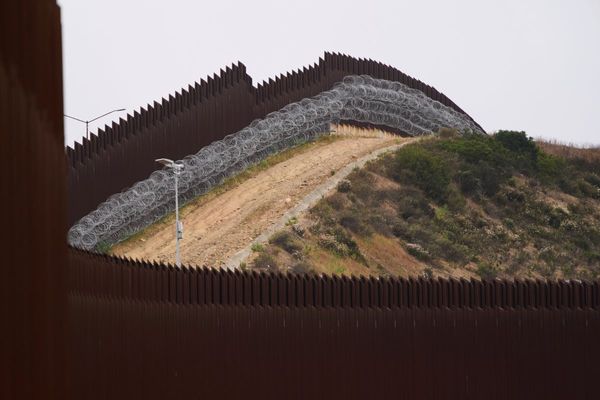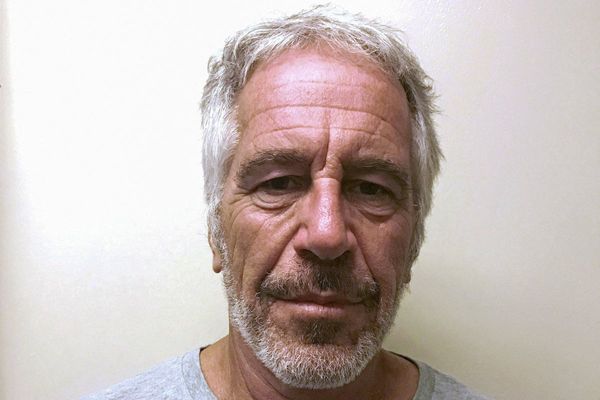
Even if the Rafah crossing from Egypt to Gaza opens on Thursday, NGOs face big challenges distributing supplies to Gaza City and its surroundings in the north, the areas worst hit by hunger, experts say.
Key roads are virtually impassable due to the massive destruction across the devastated territory – or are still controlled by Israeli forces. Any truck that breaks down is likely to be instantly looted.
Zikim, the main entry point to the north of the territory, devastated by two years of war with Israel, has been closed for several weeks, and Israeli officials have told NGOs in Gaza that there are no immediate plans to open the crossing, aid workers said.
Gaza City was the target of a major Israeli offensive launched in August that was still under way when the ceasefire deal between Israel and Hamas was signed a week ago.
“Any opening of a crossing into Gaza is welcome, but we need to make sure we can reach people where they are,” said Katy Crosby, senior director of policy and advocacy at Mercy Corps, an NGO.
“If we don’t see more access, we will just be maintaining the status quo at best. We won’t see a reduction in looting and we will see more displacement as people move to where there is more aid.”
Destruction in the north has been massive, with entire towns including Beit Lahiya and Beit Hanoun in ruins as well as many of the outlying areas of Gaza City.
Witnesses said many of the estimated 300,000 people who have returned to the north from the overcrowded coastal zone in the south where they had been sheltering during the Israeli offensive were now “camping” among the ruins of their homes, often without any shelter and with limited food or water.
Tess Ingram, a spokesperson for Unicef, said the destruction in northern Gaza was “shocking”.
“It is street after street, building after building … there is massive desperation for water. It’s pretty harrowing. We need all the crossings open,” Ingram, who was in Gaza City earlier this week, said.
Amjad al-Shawa, the director of the Palestinian NGO network and based in Gaza City, said the needs in what used to be the territory’s bustling commercial and cultural hub were “immense”.
“People have this optimism and hope but there needs to be quick improvement on the crossings. We didn’t witness any significant change on the ground yet,” al-Shawa said.
“We are still getting a very limited amount of aid [and] we are just beginning now to understand the level of destruction. So many streets are just full of rubble … there is almost no home that is safe. There is damage and unexploded bombs everywhere.”
On Saturday, aid agencies said small quantities of vital cooking gas entered Gaza for the first time in seven months, along with consignments of flour, rice and fresh vegetables. The new supplies sent prices in markets tumbling.
Under the 20-point plan proposed by Donald Trump and currently under further negotiation after the successful conclusion of its first phase, Gaza should receive “full aid” at the same level as during the short-lived ceasefire in January when 600 trucks entered the territory daily.
In the central town of Deir al-Balah, Najla Jundiya, 36, said there had been some improvement since the ceasefire.
“The markets are full of food, vegetables, and fruits, although the prices are still high and not affordable for everyone,” Jundiya said.
“Our most important needs now, especially with the approach of winter, are to have a tent to protect us from the cold and winter clothes because the markets do not have enough clothes for us or, if they exist, they are very few and very expensive.”
Nine UN-supported bakeries in central and southern Gaza have restarted operations since the ceasefire.
Trucks were reported to have entered through the Kerem Shalom crossing from Israel to Gaza during Wednesday, though exact numbers were unclear.
Israel’s public broadcaster Kan reported that Wednesday’s aid deliveries would include food, medical supplies, fuel, cooking gas and equipment to repair vital infrastructure.
“Humanitarian aid continues to enter the Gaza Strip through the Kerem Shalom crossing and other crossings after Israeli security inspection,” an Israeli security official said.
But counting the number of trucks could be misleading, warned Crosby, of Mercy Corps. “We need to know what is in the trucks and how full they are for it to be a really meaningful metric,” she said.
Commercial operators are sending convoys of trucks loaded with chocolate, fizzy drinks and snacks, which have little nutritional value, while emergency treatments for children or others who have gone without adequate food for two years are scarce.
In Gaza City, only seven nutritional outpatient clinics are functioning, compared with 45 in July.
Many agencies have millions of dollars worth of supplies stockpiled around Gaza waiting to go in. Unrwa, the UN agency working with Palestinians across the region for decades, has three months’ worth of food for everyone in Gaza in place ready to be transported.
“We have the supplies, the tools and the skills … we just need the access,” said one aid worker, recently returned from Gaza.
Trump’s proposed plan specifies that “full” aid should enter Gaza and be distributed through the UN and the Red Crescent, without interference from either Hamas or Israel.
This appears to exclude the controversial Israel-backed Gaza Humanitarian Foundation, which began operations in May, leading to chaotic scenes and hundreds of deaths as crowds of aid-seekers gathered around its distribution sites.
Aid officials in Gaza told the Guardian that three of the GHF’s sites were no longer operative and two others were in the process of being dismantled.
A GHF spokesperson denied the reports, saying that only one site had been dismantled and that the organisation was committed to its mission “to deliver aid consistently and directly to as many families in Gaza as possible, for however long it takes.”
Additional reporting by Seham Tantesh in Gaza City







